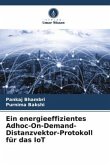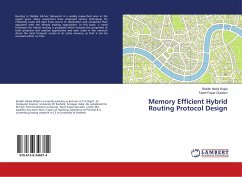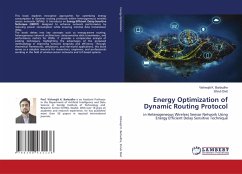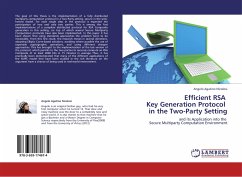The network built via Internet of Things allows sensor nodes to join or leave as per the demand due to the decentralized nature of sensor nodes. The energy consumption is one of the key challenges of such networks. Limited size and remotely deployed sensing nodes are the main reasons of this challenge. The partition of complete network is carried out in many clusters of finite size and cluster heads are chosen cluster-wise based on distance and energy. The Ad-hoc On Demand Vector routing protocol is used for the path establishment between each level of the network. The proposed improvement with two way hierarchal protocol and cache method reduces the routing overhead which in turn improves the energy efficiency of Wireless Sensor Networks. MATLAB is used for this research work implementation and the results are analyzed in concern to various parameters.
Bitte wählen Sie Ihr Anliegen aus.
Rechnungen
Retourenschein anfordern
Bestellstatus
Storno








